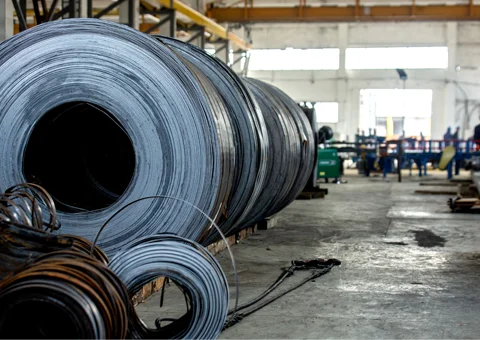The indicator increased only in the USA and India. In China, scrap consumption decreased by 0.8% y/y
Global consumption of steel scrap by steel enterprises in 2023 decreased by 12% compared to 2022, to 411.28 million tons. The figure contrasts with a slight increase in global steel production, up 0.2% to 1.155 billion tons.
In all key scrap consuming regions, with the exception of the United States and India, the figure fell. In China, the figure fell by 0.8% in 2023, to 213.68 million tons. At the same time, steel production in the country increased slightly.
In 2023, the European Union reduced scrap consumption by 5.7% y/y – to 74.8 million tons, Turkey – by 3.9% y/y, to 29 million tons, Japan – by 2.9% y/y, to 31.8 million tons. The use of raw materials in South Korea fell by 0.6% y/y – to 26.1 million tons.
The United States consumed 56.8 million tons of scrap last year, up 0.4% y/y, and India consumed 29 million tons (+11.5% y/y).
Scrap imports to Turkey in 2023 decreased by 10.1% y/y – to 18.77 million tons. At the same time, the country remains the main importer of raw materials. The US, the Netherlands and Belgium account for the bulk of supplies.
Last year, India increased its imports of scrap by 40.4% y/y – to 11.76 million tons. The main suppliers were the EU and North America. Vietnam was the third largest scrap importing country in 2023, with 5.14 million tons (+19.6% y/y).
The main exporters of scrap in 2023 were the European Union – 19.22 million tons (+9.2% y/y), the United States – 16.26 million tons (-6.9% y/y), and Japan – 6.93 million tons (+9.8% y/y).
As GMK Center reported earlier, global scrap trade is expected to decline by around 15% by 2030, from 110 million tons to 93 million tons. Currently, global trade accounts for about 17% of the world’s annual scrap collection (≈110 million tons). The US and EU markets will experience the main decline in trade, in particular due to restrictive measures.
Courtesy : https://gmk.center

